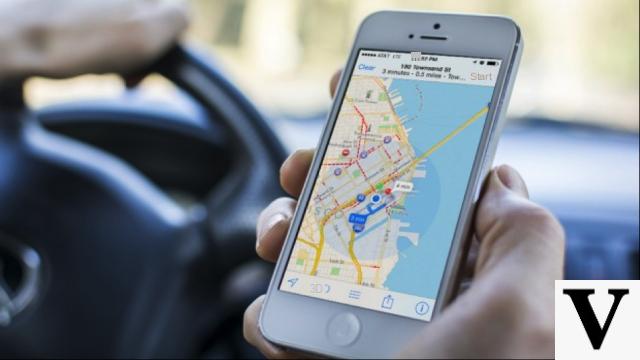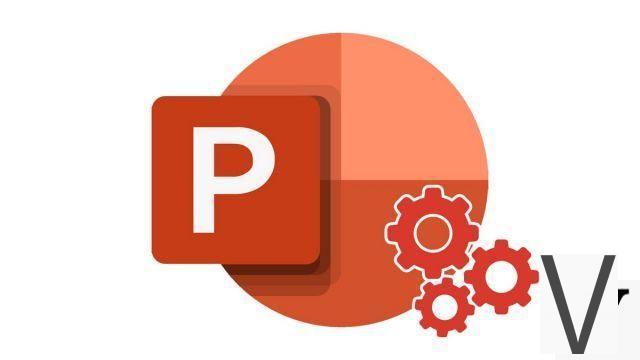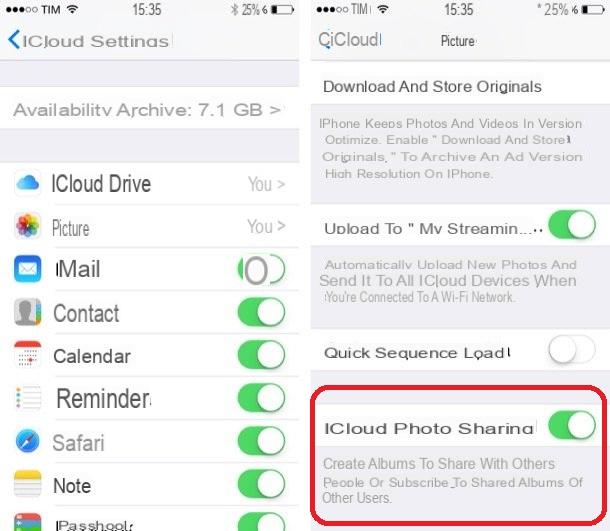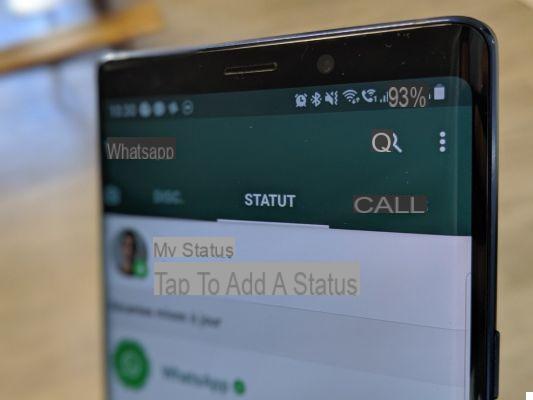
Whatever people say, it has become difficult to do without GPS. Its integration into smartphones has definitely buried paper maps, alongside telephone booths and other objects that the over 20s evoke with nostalgia. However, sometimes we find ourselves helpless, without our digital guide abroad or in the middle of nowhere. Fortunately, Google Maps, Plans or even Here have thought of everything, or almost.
To begin with, we must distinguish mobile data from GPS location. If the first are to be deactivated abroad to avoid any additional costs related to roaming, the second does not lead to overbilling. You can therefore be positioned on your application without any Internet connection.
Google Maps, not the most practical
The Google Maps application is one of the most used navigation software. Easy to learn and fed by the information gathered by the Mountain View firm, it is not really the best friend of the disconnected nomad. Maps only allow the saving of offline maps to a limited extent.
To register an area, you will need an Internet connection, so you will need to plan the areas visited in advance. On the map, place a point while keeping your finger pressed, then touch the lower area of the screen.
Tap the three little dots at the top right, then tap Download offline area.
This brings you back to the map. You can now choose the area to record by moving and zooming. Attention, it is impossible to register a map exceeding approximately 1000 km²; a message warns you that the displayed area is too large.
Once the desired area has been adjusted, press Download, then name this portion of the map as you like and click Save. The download then begins.
To find the saved cards, press on the left of the search bar, then on Your Addresses. You will find each of the downloaded areas there. Note that each recording is only kept for a maximum of 30 days, after which it will be necessary to start the manipulation again.
iOS Plans, the king of cache (-cache)
With iOS6 in 2012, Apple introduced a new version of its navigation app. This has moved to vector maps that are much lighter in data than what we find at Google. This allows Maps to cache very large portions of maps. In addition, information and points of interest are directly linked to this map and do not depend on an Internet connection.
To cache maps, you can plan a route while you still have a connection. All information on this route will be recorded, but if you stray from it you will have nothing.
The other, more tedious solution is to consult the maps before leaving, to cache them. The more you consult Plans on a small scale, the more precise the information will be. If you are only flying over a region from a distance, the application will only show you the major axes.
Offline, even if the map is cached, you will not be able to plan a trip.
Here maps, multiplatform, and downloadable maps
Here Maps was bought by Audi, BMW and Daimler from Nokia for a whopping 2,8 billion euros. They took it well, since beyond the use in the automotive sector that will be made of it, the application is now available on Android, iOS (iPhone only) and Windows Phone.
Here you can download full maps ranging from the entire continent to the region of a particular country for free. To do this, you must press the menu key at the top left of the screen, then on Download maps. Then choose the more or less precise area you want to access offline and save it by pressing the small arrow on the right.
[link src="https://dyw7ncnq1en5l.cloudfront.net/article/2357/here.jpg"]
[/link]
Once the desired maps have been downloaded, you can choose to only use the app offline.
Where Here Maps overshadows the competition is that it offers routes on saved maps, without any connection to the internet. Make sure that your departure and arrival points are part of the registered area.


























